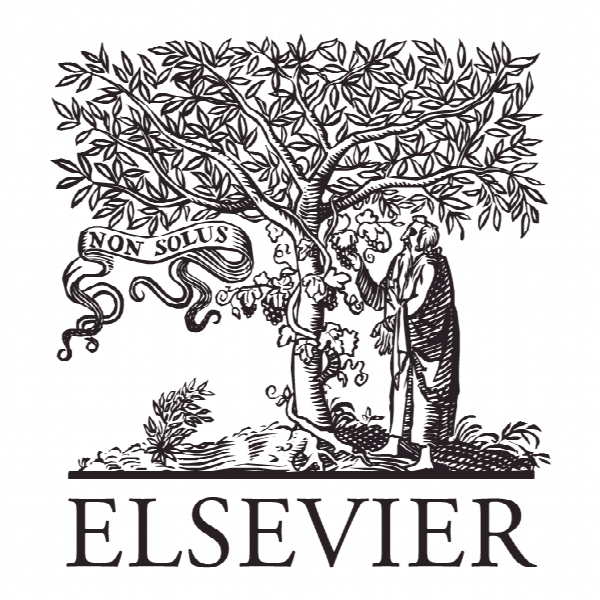پیشنهاد یک سیستم مرجع جدید برای فرایند توسعه محصول سبز (GPDP) Proposal of a novel reference system for the green product development process (GPDP)
- نوع فایل : کتاب
- زبان : انگلیسی
- ناشر : Elsevier
- چاپ و سال / کشور: 2018
توضیحات
رشته های مرتبط مدیریت
گرایش های مرتبط مدیریت صنعتی
مجله تولید پاک – Journal of Cleaner Production
دانشگاه Universidade de Passo Fundo – Brazil
منتشر شده در نشریه الزویر
کلمات کلیدی انگلیسی Green Product; Process Innovation; System Efficiency; Sustainable Practice
گرایش های مرتبط مدیریت صنعتی
مجله تولید پاک – Journal of Cleaner Production
دانشگاه Universidade de Passo Fundo – Brazil
منتشر شده در نشریه الزویر
کلمات کلیدی انگلیسی Green Product; Process Innovation; System Efficiency; Sustainable Practice
Description
1. Introduction In recent years, innovation related to environmental sustainability has occupied a central place in the scientific debate and in policy makers agenda (Williams et al., 2017). Theoretically, environmental innovation, also named green innovation or ecoinnovation, comprises new or modified products, processes, techniques and/or systems, developed with the aim to avoid or reduce environmental damage (Marchi, 2012). Its practice enables the development of a greater capacity of anticipating market, governmental and societal demands (Lacasa et al., 2016), generating competitive advantage (Dangelico, 2016). The focus on the development of green innovations causes companies to employ new techniques and technologies, supplying the market with more efficient products and provoking changes in their business models and in their supporting systems (Rajala et al., 2016). Besides, green innovation actions can generate cost management efficiency, once they lead to resource optimization, reduce or eliminate spending associated to environmental legislation and diminish raw material use (Horbach, 2008; Markusson, 2011; Levidow et al., 2016). In this scenario, for successful green innovation performance, it is mandatory that new product development processes be sustainable (Maxwell and van der Vorst, 2003; Moreira et al., 2015; Lacasa et al., 2016). Conceptually, product development process (PDP) comprises a sequence of activities executed by a company to generate, design and market a product (Pujari et al., 2003). Nevertheless, on the environmental dimension, there is still a lot of potential for the inclusion of ecological aspects in several development phases (Sihvonen and Partanen, 2016; Govidan and Hasanagic, 2018), especially in small and medium-sized enterprises (SMEs) (Chang and Chen, 2013; Klewitz and Hansen, 2014). Regarding innovation strategy for the promotion of competitive advantage, big corporations are similar to SMEs, since both lack culture and formalized processes oriented toward innovative practices (Terziovski, 2010). Additionally, limited financial resources, human resources with poor qualification to manage environmental issues, and the status received by sustainability inside the organization can compromise the ecological approach of the development processes (del Brío and Junquera, 2003; Chang and Chen, 2013). These characteristics tend to hamper the implementation of the necessary transformations to comprehend and implement circular economy-related concepts and tools, such as the cradle-to-cradle approach (McDonough and Braungart, 2002; Jacques and Guimarães, 2012) and the life cycle assessment (Hertwich, 2005; Gmelin and Seuring, 2014a and 2014b, 2018). In face of the exposed, this study aims to investigate the alignment between environmental sustainability and product development process in SMEs that operate in Southern Brazil, as well as to propose a system that helps on the execution of a green product development process. Small and medium-sized enterprises correspond to 48% of the Gross National Product (GNP) of Brazilian industry (IPEA, 2016). However, reports disclosed by the Brazilian Business Council for Sustainable Development (CEBDS) highlights that many organizations focus their practices on reactive rather than proactive models of environmentally sustainable management (CEBDS, 2015).


